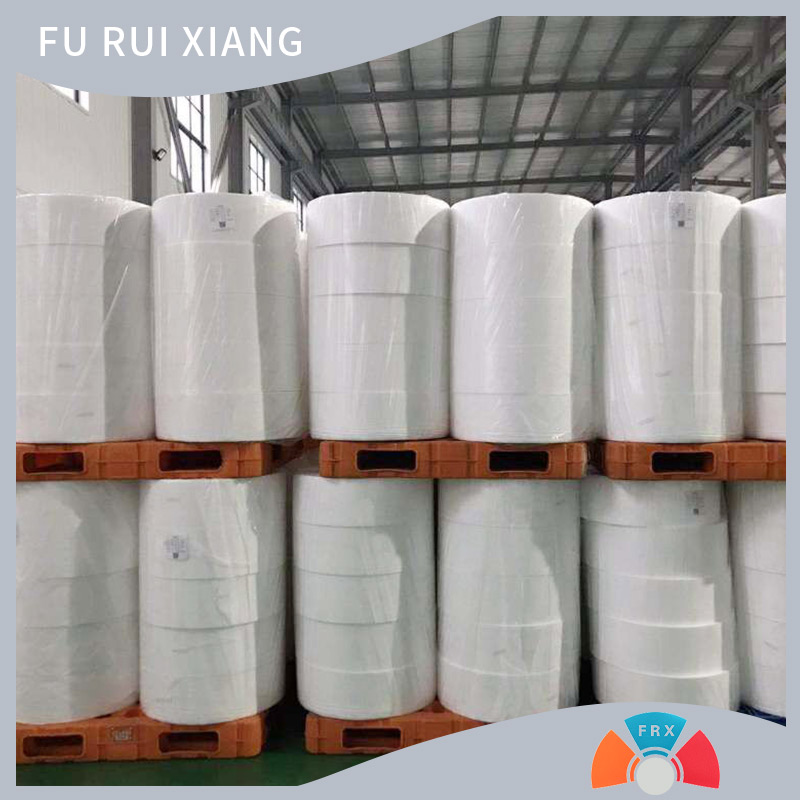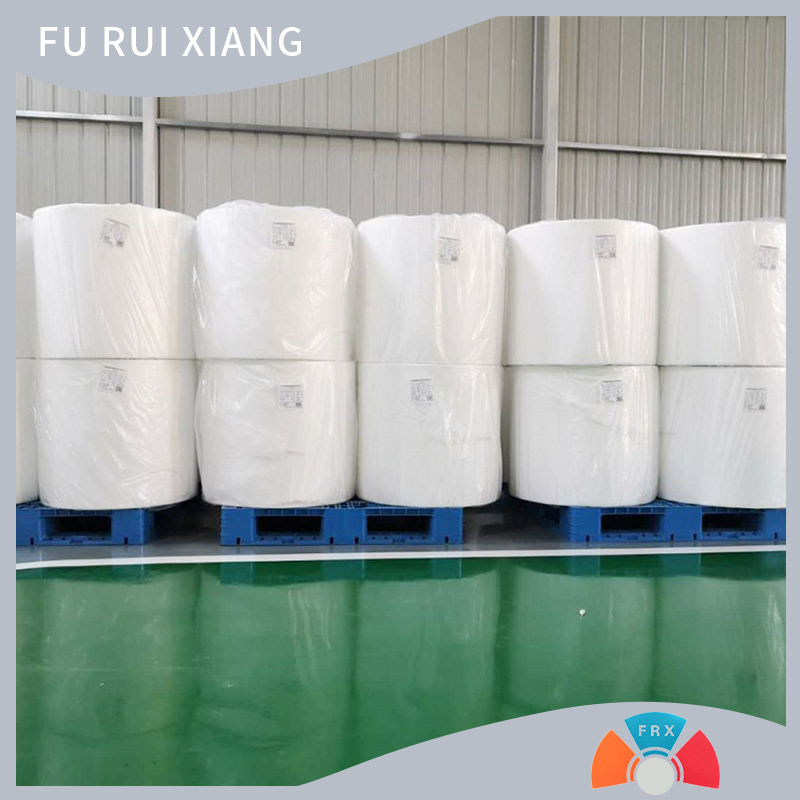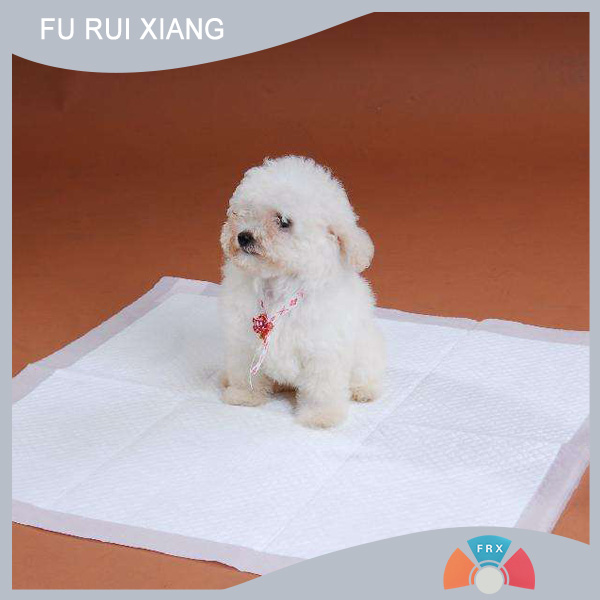What is Eisai non-woven fabric like?
Eisai non-woven fabric has its own characteristics in terms of appearance, texture, performance, etc. The following is a detailed introduction:
Appearance characteristics
Diverse colors: The common ones are white, which gives people a sense of cleanliness and hygiene. They are suitable for general-purpose medical supplies with low color requirements, such as medical gauze and ordinary surgical gowns. In addition, there are various light colors such as lake blue, light blue, light green, and light pink, which can be used to make baby diapers, women's hygiene products, etc., meeting different usage scenarios and user needs.
Uniform fabric surface: High-quality sanitary non-woven fabric has a smooth and uniform surface without obvious uneven thickness, defects or breaks. The fibers are evenly distributed, which helps ensure the consistency of its performance, such as stable performance in filtration and absorption.
Texture and touch
Soft and skin-friendly: Made of fine fibers, it feels soft and smooth, with low skin irritation. It can reduce friction and discomfort to the patient's skin. Even if it comes into prolonged contact with the skin, it will not cause allergies or discomfort. It can be used to make medical masks, protective suits, care pads, etc., providing users with a comfortable experience.
Light and fluffy: It is light in weight and almost imperceptible when held in hand. At the same time, it has a certain degree of fluffiness, allowing air to circulate between the fibers and increasing breathability, giving people a comfortable and refreshing feeling
Structural characteristics
Fiber interweaving: It is formed by short fibers or long filaments through special manufacturing processes such as spunbonding, meltblown, and spunlace, which are naturally arranged and entangled with each other, creating a structure similar to a network. This structure not only ensures the strength of the non-woven fabric, but also endows it with good flexibility and processability.
Non-directionality: Unlike traditional textile fabrics, the non-woven fabric of Eisai does not have a distinct warp and weft direction. Its performance in all directions is relatively consistent, such as tensile strength and air permeability. It is more convenient and flexible to use, and there is no need to consider the direction issue.
Performance
Good air permeability: It has numerous tiny pores that allow air to pass freely, enabling the skin to "breathe", which helps keep the skin dry and reduces the feeling of stuffiness and discomfort. It is often used to make hygiene and medical products that come into direct contact with the skin, such as medical masks, surgical gowns, and diapers.
Strong absorbency: Through special treatment or by choosing moisture-absorbing fiber materials, medical non-woven fabric can quickly absorb liquids such as blood, tissue exudate, urine, etc., and spread the liquids throughout the fiber network, keeping the surface dry and preventing liquid leakage. It plays an important role in products such as medical dressings and tampons.
Barrier performance: It can effectively block bacteria, viruses and other microorganisms as well as dust, pollen and other particulate substances, providing a protective barrier for users and reducing the risk of infection. For example, non-woven fabric products such as medical protective suits and masks can prevent medical staff from coming into contact with patients' body fluids and bacteria, and also prevent external contaminants from entering the human body.
Pattern type
Bubble dot pattern: This pattern makes the surface of non-woven fabric present tiny bubble-like or dot shapes, enhancing the aesthetic appeal and three-dimensional effect of the non-woven fabric. At the same time, it can also improve its hand feel and softness to a certain extent. It is often used in some hygiene non-woven fabric products with certain appearance requirements, such as baby care products and beauty masks.
Sesame texture: Patterns similar to the size of sesame seeds are distributed on the surface of non-woven fabric, which are relatively fine and uniform, giving the non-woven fabric a unique visual effect. It can also enhance its friction to a certain extent, making it less likely to slide during use. It is suitable for some medical products that require better holding or fixation, such as medical bandages and surgical towels.
Weight and width
The weight range is wide: Generally, the weight can range from 9g/㎡ to 70g/㎡, or even wider. Non-woven fabrics with lower grammage, such as 9g/㎡-16g/㎡, are usually thinner and lighter, and are suitable for making products that have higher weight requirements and need a soft texture, such as the outer or inner non-woven fabric of disposable masks. Higher grammage non-woven fabrics, such as 25g/㎡-70g/㎡, are relatively thicker, have better strength and durability, and can be used to make products such as surgical gowns, protective suits, and medical bed sheets that need to withstand certain tensile forces and friction.
Diverse widths: The width can be adjusted according to production needs and customer requirements, generally ranging from 150mm to 2400mm. Common widths include 100cm, 140cm, etc., to meet the processing and usage needs of different products.
- Autumnal Equinox
- The operation situation of the textile industry from January to July 2025!
- The situation of the textile and garment industry is relatively stable!
- September's Health Protection: The "Softness" Power of Eisai Nonwoven Fabric!
- A detailed introduction to Weicai non-woven fabric!
- The development trend of the textile fabric industry!
- Qingdao Furuixiang Plastic Technology Co., LTD. Furniture Non-woven Fabric: A practical decorative material suitable for
- Qingdao Furuixiang Plastic Technology Co., LTD. Spunbond Nonwoven Fabric: The mainstream molded category in nonwoven fab
- Green and low-carbon, the textile industry is accelerating its "breakthrough"!
- Furniture non-woven fabric: A furniture auxiliary material that combines practicality and aesthetics!










